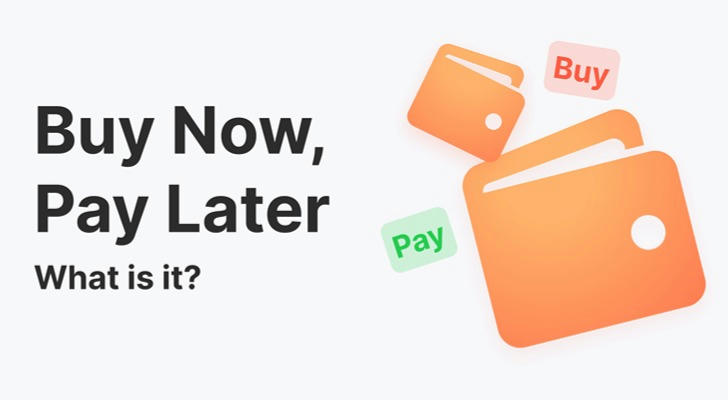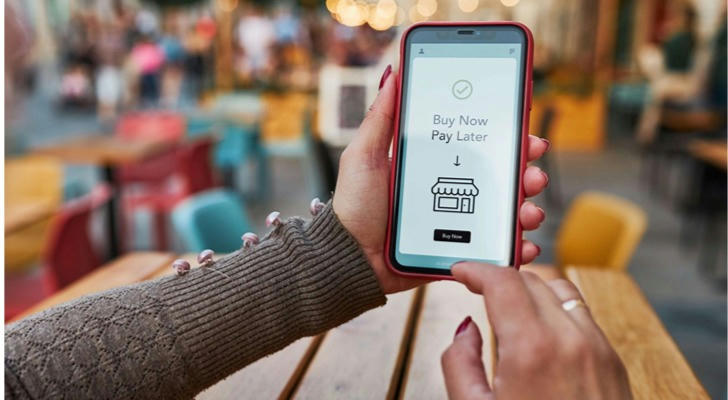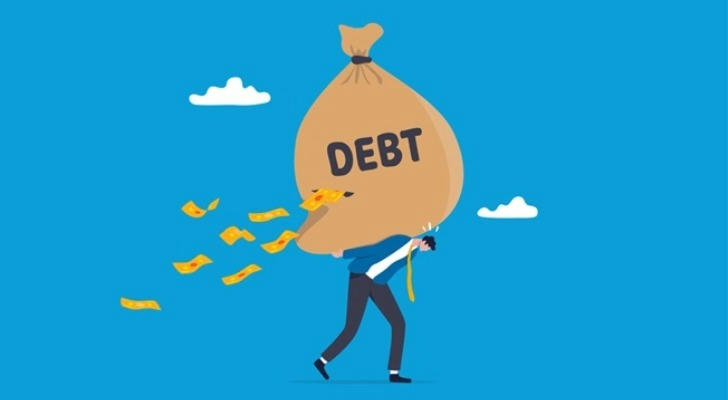Buy Now, Pay Later: The Trend Changing How Young People Spend
Buying things has never been easier. Scroll, tap, and boom—you own it. But here’s the twist: you don’t have to pay it all today. That’s the magic behind Buy Now, Pay Later (BNPL).
For many young people, BNPL isn’t just a payment method—it’s a lifestyle shift. But is it a smart tool or a financial pitfall in disguise?
Let’s unpack the trend—and the hidden cost.

What Is BNPL?
BNPL lets shoppers split payments—often into four parts—over several weeks. You get the product right away, but pay gradually. No lengthy forms, no credit cards needed.
Services like Afterpay, Klarna, and Affirm are embedded in checkout pages everywhere—from fashion to electronics, even pet supplies.
Why Young Consumers Love It
1. Instant Gratification Without Full Price Pain
A $200 pair of shoes? That becomes $50 today. This makes expensive items feel more “affordable”—even if they’re not in your budget.
According to a 2023 LendingTree survey, 60% of Millennials and Gen Z shoppers have used BNPL. Most say it makes it easier to buy things they want now.

2. Credit Card Fatigue
Many young people are wary of credit cards. High interest, confusing terms, and fear of long-term debt make BNPL seem like the cleaner option.
Plus, it doesn’t feel like taking on “real” debt. But that feeling can be misleading.
What’s the Catch?
1. It Normalizes Living Beyond Your Means
Because payments feel small, it’s easy to take on more than you realize. In fact, a Credit Karma study found that 34% of BNPL users missed at least one payment, and many didn’t track how many plans they had going at once.
These small commitments pile up. When rent, groceries, and other bills hit, BNPL can feel like an unexpected burden.
2. It’s Debt—Just Disguised Differently
BNPL doesn’t charge interest if you pay on time, but late fees can still add up. Some services even report missed payments to credit agencies, which may lower your credit score.
Unlike a traditional loan or credit card, BNPL lacks the same long-term visibility. It feels lighter—but mismanaging it can lead to serious consequences.

3. Limited Financial Growth Opportunities
Here’s the deeper issue: BNPL may delay financial maturity. When large purchases feel too easy, people may skip building key habits—like budgeting, saving, and using credit wisely.
Also, BNPL payments don’t usually help build a credit history. So while it avoids traditional borrowing risks, it also doesn’t support your financial future the way responsible credit card use might.
Real Case: When BNPL Backfires
Consider Olivia, 25, a part-time worker juggling college and expenses. She used BNPL to furnish her apartment—sofa, lamp, kitchen gear—all small monthly payments.
Then her work hours were cut. Suddenly, her rent, utilities, and six different BNPL plans collided. With no cushion, she defaulted. The late fees snowballed, and her bank account overdrafted.
Her words:
“It felt easy until it wasn’t. I didn’t realize I was in debt until I couldn’t keep up.”

The Bigger Picture: Why This Matters
BNPL and the Economy
BNPL is reshaping consumer behavior. A study by Insider Intelligence estimates that over $100 billion was spent via BNPL in the U.S. in 2023 alone.
Retailers love it—it boosts sales. Consumers love it—it softens sticker shock. But economists warn: BNPL may encourage a “pay later, regret later” mindset, especially among those without stable incomes.
Emotional Spending & Financial Stress
BNPL often appeals to emotions—want, not need. A 2022 study from the Financial Health Network found that many BNPL users are financially vulnerable and use it to bridge income gaps, not just luxury spending.
This can trap users in a cycle: spend impulsively, struggle to repay, then rely on short-term fixes again. It’s not just about money—it’s about mental pressure and lack of control.
How to Use BNPL Wisely
If you want to keep using BNPL (and many will), here’s how to do it responsibly:
● Only use BNPL for essentials or budgeted purchases
● Track every payment plan in a calendar or app
● Avoid stacking multiple BNPL deals at once
● Don’t rely on BNPL for regular bills or groceries
● Have an emergency fund to cover unexpected costs
BNPL is a tool—not a solution. Like any tool, it’s powerful if used wisely and risky if misused.
Final Thought
BNPL isn’t inherently bad. It offers flexibility, convenience, and an alternative to traditional credit. But for young people navigating an expensive world with limited financial education, it can also mask overspending, delay good habits, and lead to hidden debt.
The real question isn’t “Can I afford the first payment?” It’s:
“Can I afford the whole thing—even if something unexpected happens?”
If the answer’s no, it might be smarter to wait, save up, and buy on your own terms.
